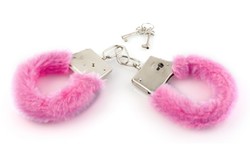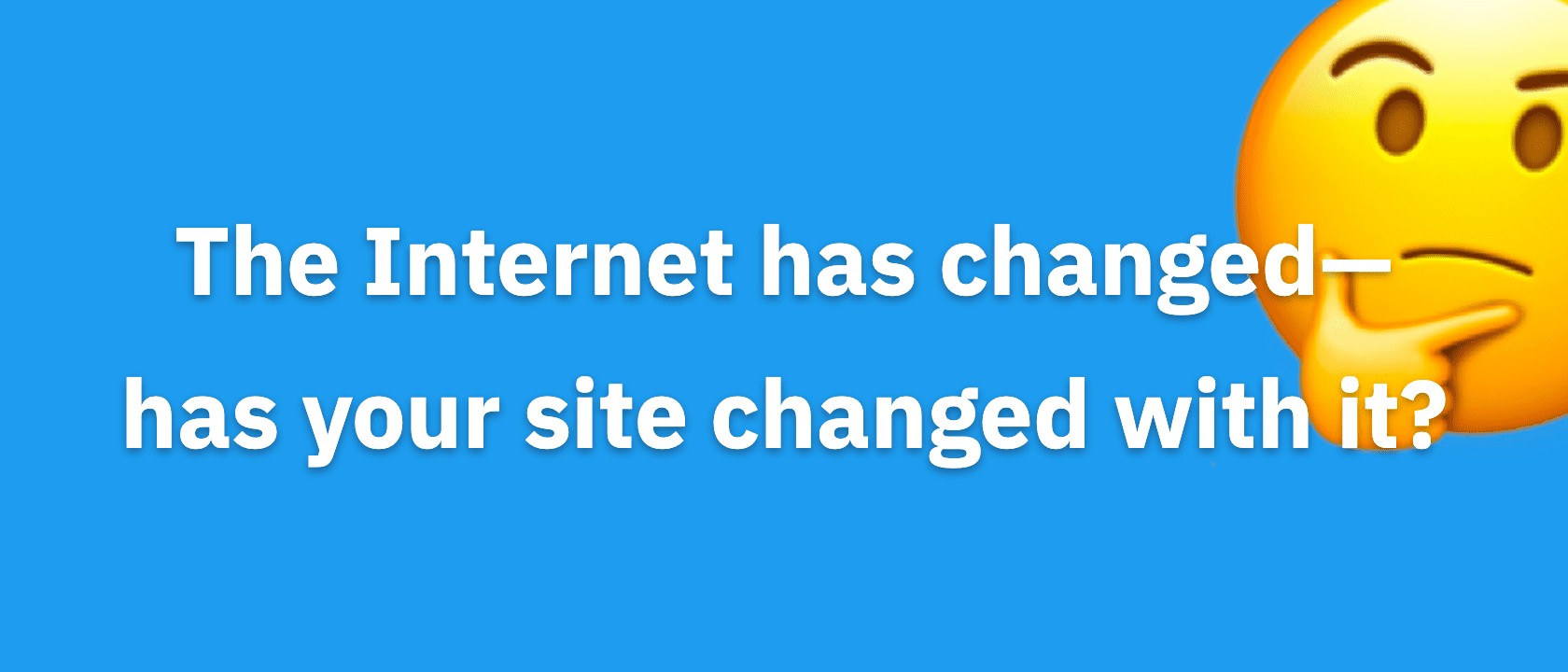
No matter what business you’re in, you want a captive audience.
And if you don’t have one, you need to strive for it.
When you have an audience captive, they hang on your every word. They open every email, read every blog post (not skim), and watch every single video your make from start to finish.
The question is how do you captivate your audience… without holding them hostage?
Good Captivity, Bad Captivity
There is a difference between good captivity, and bad captivity, and it’s the same difference between a lavish hotel room that you don’t want to leave, and a prison cell that you’re dying to leave, but can’t.
There are companies that can go the prison cell route—any situation where the company has a near-monopoly, or locks you in with vicious contracts would apply. They don’t need you to like them, because you’re stuck with them – phone companies are good examples of this sort of model.
Blogs have to follow the hotel room model, because for a blog reader, leaving is as simple as clicking on the “back” button, browsing to another site, and unsubscribing from your lists.
But that’s fine, because good captivity is so much better!
When your audience is captivated, and doesn’t want to go anywhere else, they become boosters for your cause, and are eager to spend on whatever goodies you have to offer – a sharp contrast to the grudging payments made to prison cell companies!
So how do we create the hotel room experience for our audience?
One Man’s Hotel is another Man’s Prison
Picture a spacious, Victorian-style hotel room, with all the trimmings. The windows overlook the New York skyline, the bed is big and soft, the minibar is well-stocked, and the room-service team is waiting for your call. Sounds like heaven, right?
Maybe, but maybe not.
For some people, that is the perfect picture. But others would prefer a cottage on a beach, with the ambiance of crashing waves in the distance, and the scent of salt water.
That might not be your cup of tea, either. Maybe you prefer the great outdoors – just you, a loved one, a couple of sleeping bags, a tent, and miles to hike before nightfall.
One man’s heaven is another man’s hell. To create a heaven that your audience doesn’t want to leave, you have to know what they like, and that starts by knowing your audience.
So Who is Your Audience, Anyway?
Paint a picture of your audience. Not a mass of people, but just one person. Is that person male, or female? What’s their age? Are they educated? Do they have kids? What do they do for a living?
Those are demographic questions—they’re a good start, but we need more. Let’s talk about psychographics: what do they want? What do they care about? What keeps them up at night? What makes them smile?
And finally, most importantly, why are they coming to you? What are they looking for? What is the “home run” experience that you could provide?
Now take stock. When this person arrives on your site, how does their experience stack up?
Are they getting what they’re looking for?
Are they intrigued? Engaged?
Or are they bored and distracted?
Eliminate the distractions, and fix your site so that whatever they want and need is right in front of them. The better you know your audience, the better you can anticipate their needs, and provide for those needs before they even realize that something is missing.
Escalating Commitments
Relationships are processes of escalating commitments; as we feel out the other side to see if we like them and trust them, we start making bigger and bigger commitments.
This happens with romantic relationships, social relationships, business relationships… and yes, with your website visitors, too.
They start by looking around. Knowing who they are and what they want, you can show them things that will engage them.
Then they want more details. Give them those details. Answer their questions—you know what they are, because you know who they are.
Then they’re ready for a small commitment. Not an “open your wallet” kind of commitment, but maybe a “join a mailing list” kind of commitment, or a “download my video” kind of commitment.
Then they want to see that they can trust you. Send them good information, and offer good content in your videos. Show them that they can trust you to deliver on your commitments, and they’ll proceed to make greater commitments to you.
Before you know it, you’ll find yourself with a captive audience.
Don’t Abuse the Prisoners!
Once you’ve captivated your audience, be sure not to abuse it—the thing about voluntary captivity is that they can easily escape if you give them a reason.
But why would you give them a reason?
After all, you know who they are, you know what they want, and the reason why you’re targeting them in the first place is because they’re good candidates to work with you for a long time to come.
So take care of your audience. Be gentle, and create the hotel room experience that they’ll never want to leave.
And they never will.
